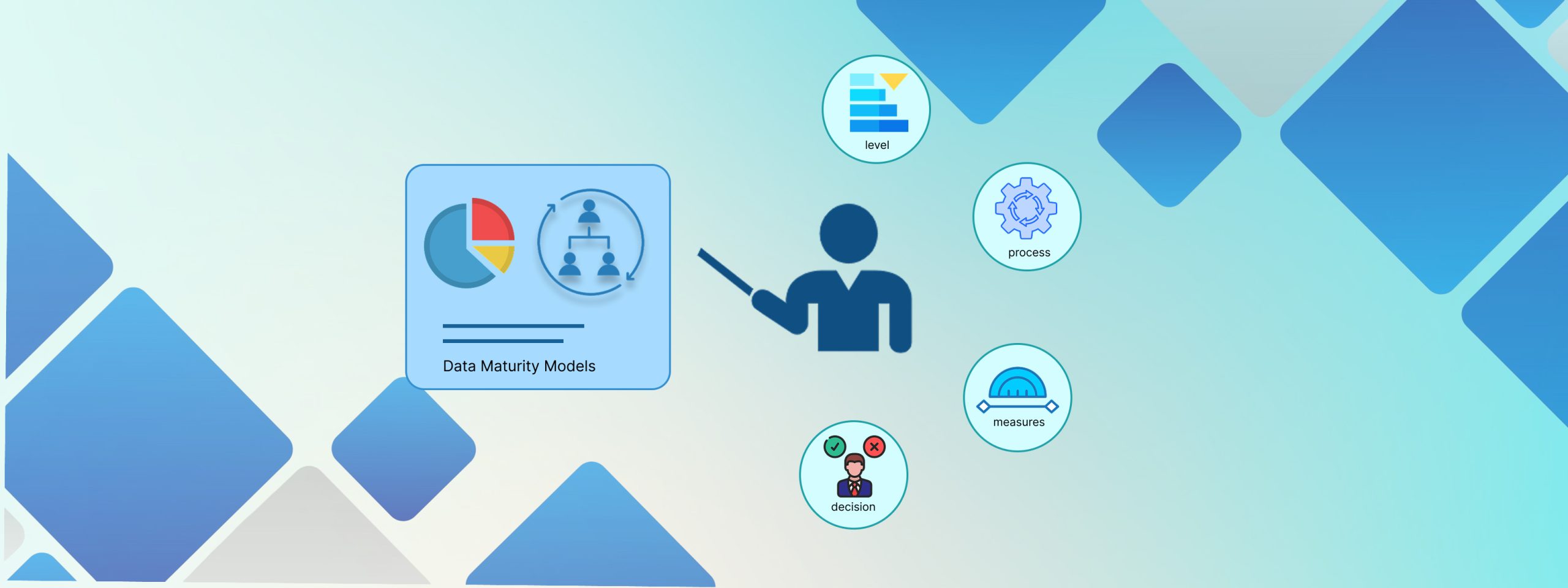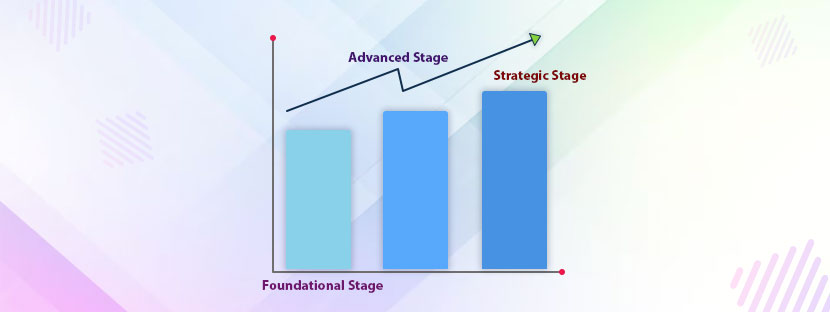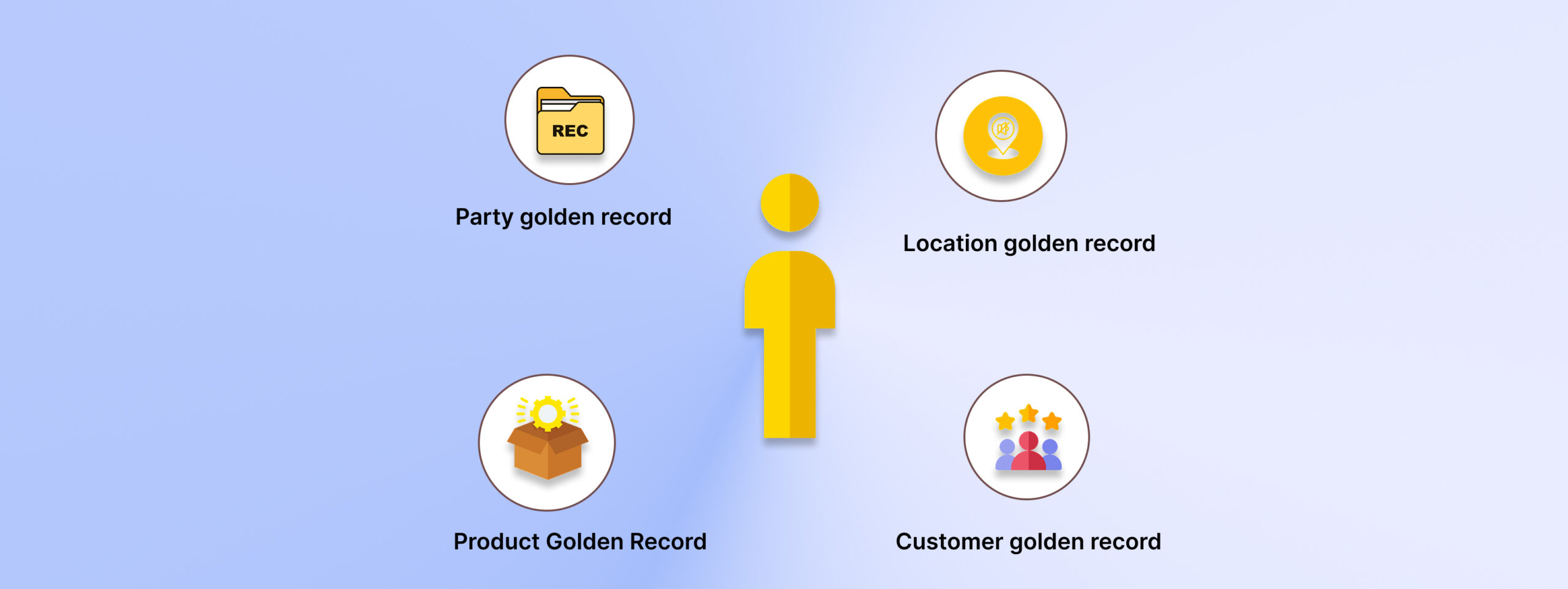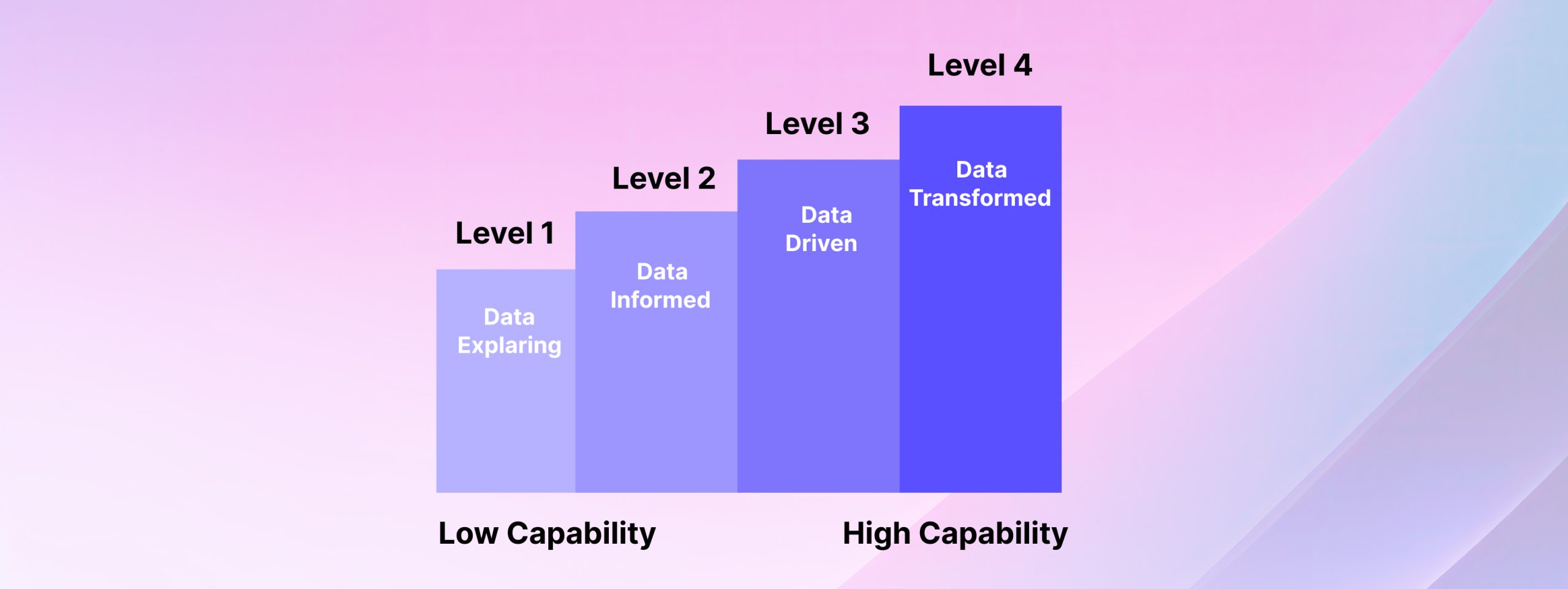In This Article
Data maturity relates to how an organization measures itself against recognized standards to manage its data. Data-Mature organizations utilize all the available tools to access data measures that help them make data-backed decisions.
On the other hand, the data management maturity model talks about various processes of improvement and capacities to manage data assets of the organizations. It contains the best practices of developing, sustaining, and optimizing data management measurements for effective data maintenance. Data management maturity guides organizations from data creation to archiving levels.
Now you may be wondering why organizations need such a guide. Well, Harvard Business Review published research where, shockingly, it came out that only 3% companies met data quality standards. The rest have failed. In most cases, the involvement of a critical error in the data standards makes everything clumsy.
Let’s talk more about data maturity and the stages involved in this process, plus how organizations can become data mature, in this blog.
Importance Of Data Maturity
Data maturity is all about the ability of an organization to access, use, and understand the data better than the available tools. How data penetrates deeply into the fabrics of the organization is a case of concern in data maturity. It makes the organization more aware of the data situation. So they can maximize the potential of the data usage.
Data management maturity represents a model that includes systems, responsibilities, frameworks, and processes. The model allows your organization to become data mature and reach all its goals with maximum data support.
After becoming a data-mature organization (by following the model), you will experience something like this;
Make you competitive
Protocols of data maturity talk about better organization and management of data. It makes data easily available for the decision-making process. When organizations get access to their stored data, it becomes easy for them to channelize it for the decision-making process. Naturally, when you make the right decisions, you will stay ahead of your competition and get the edge over others.
Clear data roadmap
Data mature companies usually have a better outlook on their goals and objectives. They try to meet their goals with the application of their data insights. More than that, they are quite practical about their operations. They set realistic goals to meet them practically. Therefore, it helps them to maximize the ROI and get results immediately.
Data-literate people
To implement data measures rapidly within an organization, you need support from people. The best case scenario is when your people are data literate. It means they are aware of the current data measures. If not, you have to take responsibility for training your people regarding the new data change. Your organization will easily become data mature when your people who work with data can use it rationally in the business process.
Rational decision making
Data-mature organizations also make rational decisions because there is always data that supports all these decisions. Making decisions regarding business becomes more rational when data supports the cause. Following the protocols of data maturity allows organizations to access any kind of trustworthy data to use in decision-making.
Smooth AI adoption
Currently, the adoption rate of Artificial Intelligence in business is going wild. Nearly 74% businesses actively adopted AI in 2024, and the rest will adopt it soon. If we’re talking about now, the rate of adoption is rolling over 90% or a similar rate. Data-mature organizations are the ones that adopted AI in their practices first. Besides AI, data maturity makes organizations easy to adopt any new measures.
Stages of Data Maturity
If we break the entire paradox of data maturity into simple cruxes, we can get three phases. It means your organization can easily become data mature if it follows these phases. However, every organization to become data mature needs to go through the first phase at the beginning. Let’s talk about each stage of data maturity in detail here.
Level 1: Beginner
Like a general organization, the beginner level starts when organizations start their data journey. They might be having a silo data culture and storage of mini datasets spread across the database. Another thing to notice is that the data literacy rate of the organization is primarily low here. Limited knowledge of data quality is also a thing to consider in this stage. To level up in data maturity, the organization has to;
Level 2: Intermediate
Now, at this stage, the organization has already realized the benefits of data. Therefore, it started taking some effort to implement more data measures into its decision-making process. Also, the organization is taking some serious actions to make people data literate. So that they can address data issues proactively. Interestingly, the organization already invested in taking up tools to rationalize data metrics and use them in decision-making. What they need to consider further to level up this phase are;
Level 3: Advanced
When organizations reach an advanced level, they don’t have to perform the rough work at all. They just have to continue with the process at a similar technical pace. Data is a strategic asset, and organizations have to act smartly to draw insights from it.
In this stage, monitoring the data quality is essential. Having a continuous system to check everything about data quality matters here. For that, many organizations outsource data management and analytics to keep in the loop forever. It helps them provide constant support to the decision-making process and serve other purposes.
Becoming data mature is the most rational thing an organization can do in 2025. Data maturity provides competitive strengths and helps the organization to become powerful in various measures. It helps them make the right decisions backed by accurate data.











